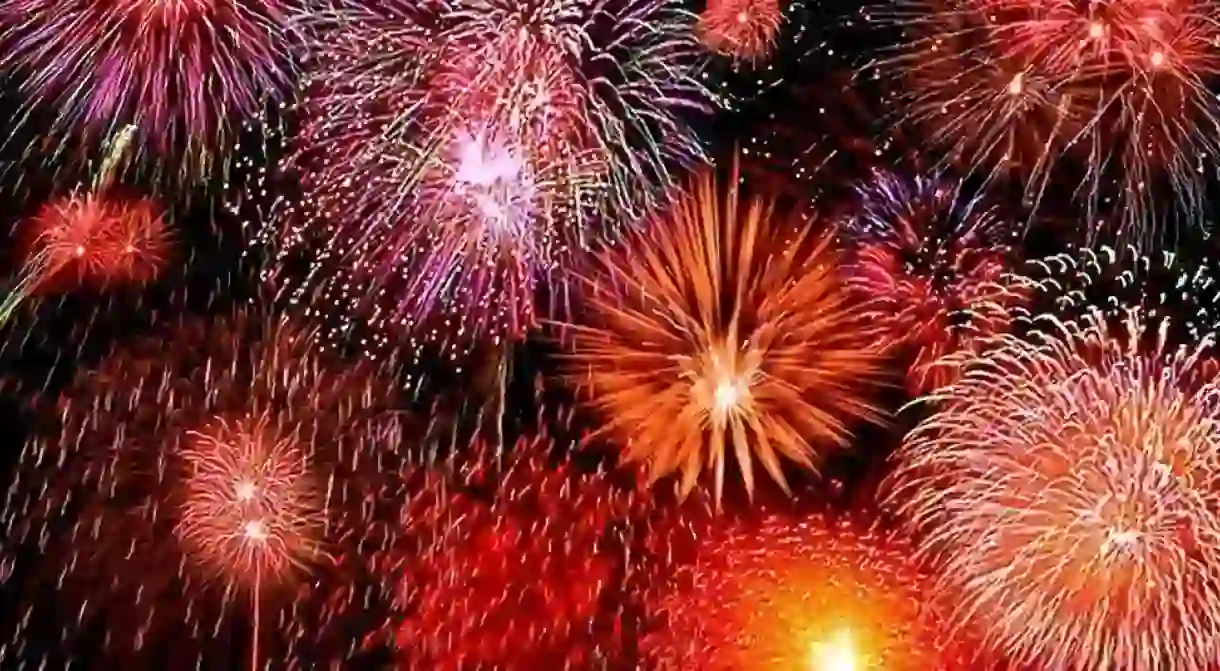This Is Why Americans Set Off Fireworks on 4 July

In the United States, 4 July means burgers, beaches and plenty of fireworks. But the reason Americans launch fireworks on Independence Day every year is thanks to a bit of history.

America’s Independence Day is synonymous with grill-marked hotdogs and parades awash with red, white and blue – but America’s birthday is perhaps most known for the incredible firework displays which erupt all across the country come sunset.
The first use of fireworks can be traced back to the Chinese
It was some 2,000 years ago that the Chinese invented the first form of pyrotechnics, burning bamboo stalks until the excess air inside popped and burst. A couple of hundred years later, they tried filling the shoots with gunpowder and steel dust (for a bit of sparkle), with the resulting explosions of light and noise becoming immediately popular at weddings and Chinese New Year celebrations.

Nevertheless, it wasn’t until the early Renaissance that fireworks made their way to Europe – where the likes of Peter the Great and Louis XIV would employ them to dazzling effect during official celebrations – and, when early settlers crossed the Atlantic shortly after, to America.

Some fourth of July history
Following growing tensions between Great Britain and its 13 American colonies, the American War of Independence officially broke out in April 1775 – although it wasn’t until a year later, on 2 July, 1776, that the Continental Congress finally voted for it unanimously. Two days later, delegates from the 13 colonies signed the Declaration of Independence, a momentous document written by a group of founding fathers (including Thomas Jefferson, Benjamin Franklin and John Adams) which set the establishment of the United States of America irrevocably in motion.


Fireworks and the fourth of July
In fact, the genesis of America’s love affair with fireworks is inextricably linked to its independence. In a letter dated July 3, 1776, American founding father John Adams wrote to his wife Abigail that, on the occasion of Independence Day, the country should be honored “with Pomp and Parade, with Shews, Games, Sports, Guns, Bells, Bonfires and Illuminations from one End of this Continent to the other from this Time forward forever more.”
Adams’s words were ultimately put into action just one year and one day later, on July 4, 1777, when the United States’ first commemorative Independence Day skyrockets erupted into the night sky. The Pennsylvania Evening Post wrote that in Philadelphia, “the evening was closed with the ring of bells, and at night there was a grand exhibition of fireworks which began and concluded with 13 rockets [to represent the 13 American colonies] on the Commons, and the city was beautifully illuminated.”
By 1783, the now-traditional fireworks became available to the public, and the Independence Day skies were filled with more explosive color than ever before. Although some states have since banned the sale of fireworks for safety reasons, setting off rockets at home remains a popular pastime in many parts of the country as a way to brightly commemorate America’s independence.














